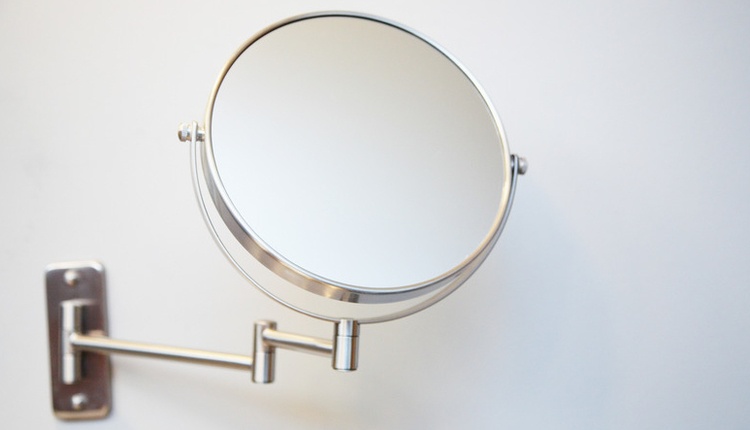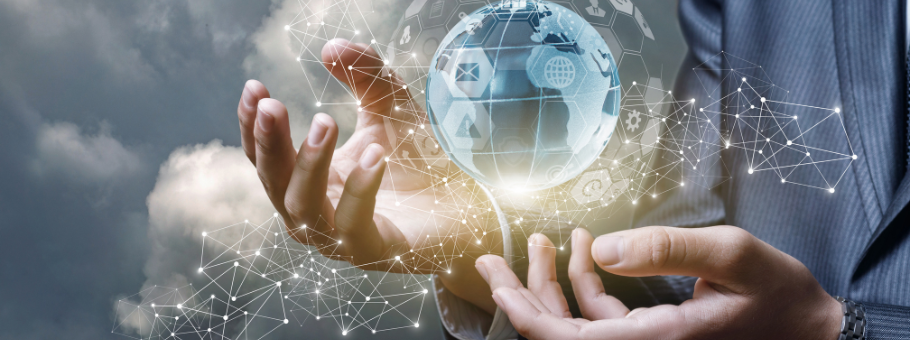Are Mirror Journals the Answer to Open Access Publishing?

The debate in the research community over whether and how to transition from the subscription model to open access (OA) continues to rage. Recently, mirror journals are proposed as a potential solution to this debate. Mirror journals are full OA versions of already existing subscription-only journals. While some say they offer a solution for researchers who want to publish in reputable OA journals, others are not so sure. In this article, we examine the pros and cons of mirror journals and their role in expanding OA publishing.
The Evolution of Hybrid Open Access Journals
The number of OA publications has increased over the last few years thanks to the growing internet usage and a push to make science more transparent and accessible to the public. Open access allows readers to access academic papers without having to pay a subscription fee. This has shown positive results in terms of citations and readership.
However, the majority of well-known, sought-after journals are still subscription-only as publishers are hesitant over what a transition to full OA will mean for their bottom line. Rush Holt, chief executive of the American Association for the Advancement of Science (AAAS), which publishes the prestigious journal Science, stated he found it hard to imagine how Science would sustain their existence without subscriptions. Hybrid journals, which offer both OA and paid access articles, have emerged as an effort to keep both sides happy.
Plan S Strikes Back
Plan S aims for full and immediate OA to publications from publicly funded research. It requires that all researchers who receive funding from participating members should publish their work open access by 2020. Plan S deems hybrid open access as non-compliant with its principles because the journals are still charging for access to some of their articles. In response, mirror journals have arisen as a possible solution for publishers. However, Plan S recently deemed mirror journals as non-compliant with its principles as well unless they are part of a transformative agreement.
A transformative agreement is a contract wherein a journal pledges to “transform” to full open access after a transition period. The guidelines listed by Plan S for transformative agreements are strict. Plan S places a strong emphasis on transparency, and thus states that the contracts of such agreements need to be publicly available. Contracts can be no longer than three years and must be concluded by 2021. These contracts must describe their plan to convert to full OA after the expiration.
Are Mirror Journals the Answer?
A mirror journal is a new journal that is affiliated with an existing journal; it has the same name as the original journal along with an “X” suffixed but is entirely OA. For example, Elsevier launched Water Research X, which has the same board and scope as the Water Research. The journals have separate ISSNs and are separate publications. However, both share the same aims and scope, the same editorial board, and the same editorial peer-review policies. Authors submit their manuscripts through one shared system for peer review. Once accepted, the author may choose to publish in the subscription journal or under OA.
For the publisher, mirror journals offer a continued stream of revenue if the OA journal does not make enough money. Angela Cochran, the Associate Publisher and Journals Director at the American Society of Civil Engineers, believes mirror journals can allow OA to flourish without threatening publishers.
However, Martin Paul Eve, a professor of literature at the University of London, decries mirror journals as a path to “double dipping” for publishers. In other words, publishers are paid twice; once by subscribers, and once by authors paying article processing charges to publish OA. The primary goal of Plan S is to remove the financial burden of accessing research, and so they consider mirror journals non-compliant.
What do you think of mirror journals? Are the goals of Plan S realistic? Let us know your thoughts in the comments below.










I am interested in knowing about OA